Implanted Titanium Humerus Intramedullary Interlocking Nail
|
|
Product: Humerus intramedullary interlocking nail X series
1. Clinical Back Ground
Used for proximal and shaftfracture of humerus, proximal three holes used with HA5.0 locking screws,theproximal fourth holes and distal two holes used with HA3.5 locking screw.
The precise role for intramedullary nailing in the treatment of humeral shaft fractures is not defined (1). Although most humeral shaft fractures that require surgery are usually treated with plating, there remains a quiet optimism that newer approaches and implants for humeral nailing will lower the complication rate and thereby improve healing rates and patient outcomes. Anatomic differences between the long bones of the lower extremity
(tibia and femur) and the humerus narrow the indications for
humeral nailing. The medullary canals of the femur and tibia extend
distally into their respective metaphyses. In contrast, the humeral
canal ends at the metaphysis. The isthmus of the femur is at the Humeral nailing is attractive because it is minimally invasive, can be done relatively quickly, and avoids the morbidity of extensive incisions. Because antegrade nailing has many potential complications, retrograde (from the elbow) nailing may be an attractive option for some patients. This chapter will review the techniques of both retrograde and antegrade nailing, detail possible complications, and provide a rationale for clinical application of these techniques. Intramedullary nailing of the humerus can be performed either from the shoulder or the elbow. These two approaches enable the surgeon to nail diaphyseal fractures from the proximal fourth to the distal fourth of the humerus. The approach chosen should be based on Küntscher’s principle of nailing from an insertion site as far from the fracture site as possible. Proximal shaft fractures should be nailed in a retrograde fashion; conversely, distal shaft fractures should be nailed in an antegrade fashion. Midshaft fractures may be approached from either end of the humerus. In adults, interlocking nailing is preferred over flexible nailing, which is occasionally used in pediatric fractures.
Products Inforumation
|
||||||||
| Product Tags: Humerus Intramedullary Interlocking Nail Titanium Intramedullary Interlocking Nail implanted humerus interlocking nail |
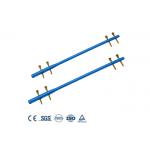
|
Class III Implanted Standard Intramedullary Interlocking Nail |
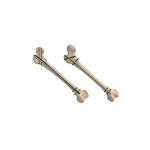
|
Antirotation PNFA Implanted Titanium Proximal Femoral Nail |

|
Implanted Titanium Humerus Intramedullary Interlocking Nail |
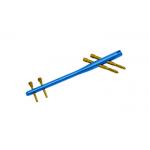
|
Implanted GAMMA Intramedullary Interlocking Nail For Proximal Femoral Fracture |
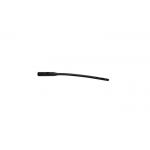
|
Extra Long Implanted Intramedullary GAMMA Nail For Femoral Fracture |
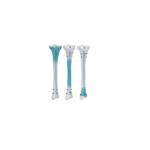
|
Implanted Tibial Intramedullary Interlocking Nail FDA |


